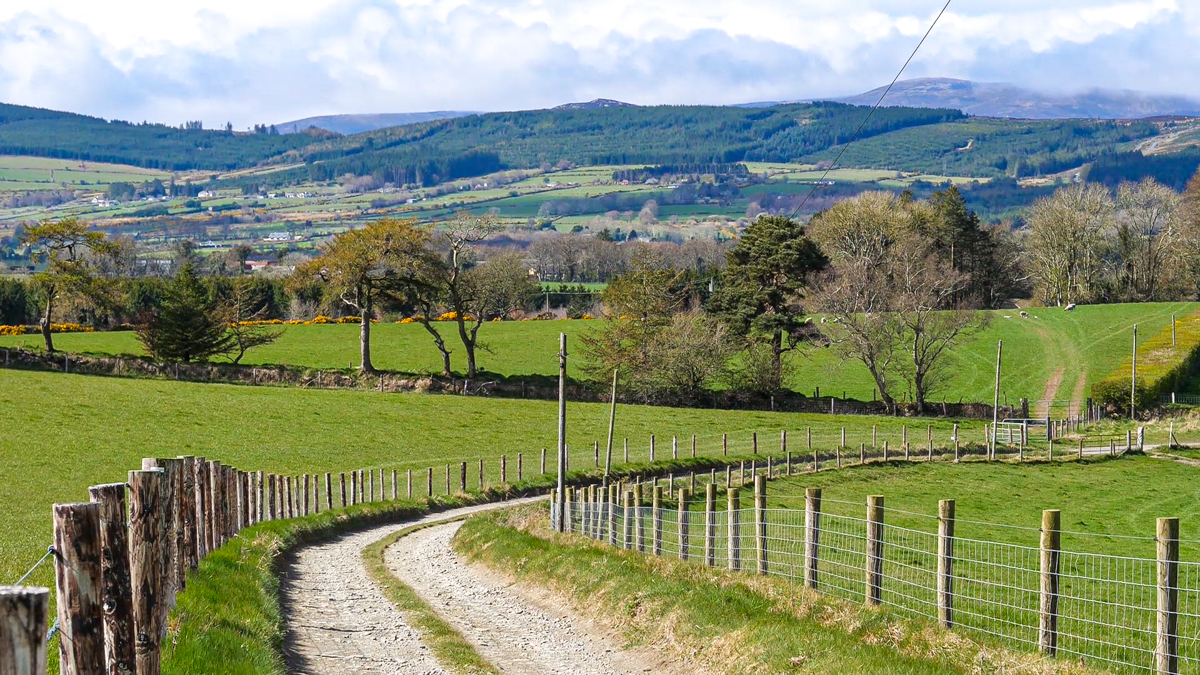Macra na Feirme appeared before the Joint Oireachtas Committee on Agriculture and the Marine today (Tuesday, April 21) to discuss the need for more investment in generational renewal and the impact of land designations on young farmers, among other issues.
In its opening statement, Macra acknowledged that young farmers “will have a large role to play in the challenges we as an industry will face in the future”.
“In Ireland, our agricultural system faces a demographic crisis similar to many other EU member states.
“The obstacles of access to land, and access to credit, must be addressed.”
Significant negative impact on young farmers’ ability to farm
Macra reiterated its calls for the allocation of 4% of direct payments for generational renewal under the next Common Agricultural Policy (CAP). Macra has recognised the commitment by the department under the current CAP for a provision of 2% to young farmers, but has called for greater ambition to be set.
Along with this, Macra highlighted that greater land designation, as proposed under GAEC 2 and the EU Biodiversity Strategy of increasing the area of ‘strictly protected’, “would have a significant negative impact on young farmers’ ability to farm their land, and access new land”.
“The EU Biodiversity Strategy does not consider the impact of land designation on access to land for young farmers while in the Farm to Fork document, generational renewal is almost entirely ignored with a simply vague reference to organic farming area increase benefiting young farmers,” Macra said.
“Based on 2016 figures, Ireland has only 5% of farmers aged less than 35 years-of-age, with 30% of farmers held by those over the age of 65.
“This figure significantly increases when we look at those in more disadvantaged areas, in particular those on uplands and peat soils.”
Prioritisation and increased ceiling levels
Speaking at the Oireachtas meeting, Macra national president Thomas Duffy, said that an element that has consistently been raised with the department in the design of new environmental schemes “is that there should be prioritisation and increased ceiling levels for young farmers – and the reason that we say this is because these schemes are more highly taken up in so-called disadvantaged areas”.
“We would have many members in some of these areas farming in commonage. These are very progressive, very driven young farmers, who really want to make a living and continue to contribute to their local economy,” Duffy said.
“We feel they are currently being undervalued and under-considered. The key way to really address this [is] that there should be considerations for higher ceilings for farms or farm partnerships that include someone under the age of 40.
He added that the idea of essentially abandoning hills “will not deliver for rural communities – and more importantly, it will directly lead to land abandonment, which we know is a major negative impact on the biodiversity of these areas”.
“If we want to keep these good environmental conditions that we have and improve them, we need to not only keep farmers on that land, but we need to get more farmers onto the hills and peatlands,” he concluded.
